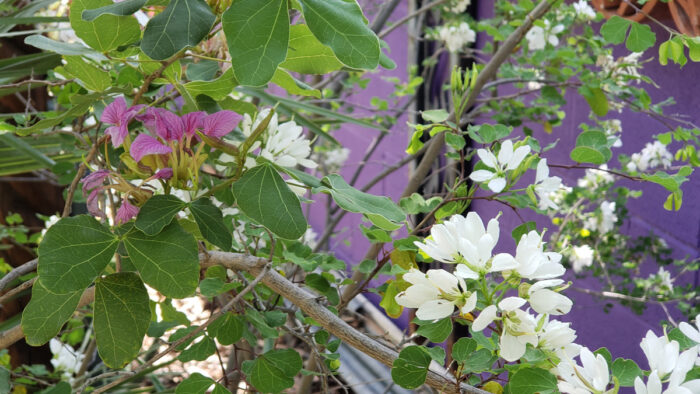
It’s not hard to set your Southwest garden ablaze with flowering shrubs and familiar trees. In the right zones, jacaranda (Jacaranda spp. and cvs., Zones 9–11), crape myrtle (Lagerstroemia indica and cvs., Zones 6–9), blue palo verde (Parkinsonia florida, Zones 8–11), desert willow (Chilopsis linearis, Zones 9–11), and even crabapples (Malus spp. and cvs., Zones 4–9) are easy to come by, providing reliable color in their preferred season. But if you’re the kind of gardener who likes to push the envelope or just try something different, here are a handful of uncommon flowering trees to seek out that you’re not likely to see in a typical landscape.
Floss silk tree
(Ceiba speciosa syn. Chorisia speciosa)
Zones: 9–11 (hardy to 20°F for brief periods once established)
Size: 30 to 40 feet tall and 15 to 20 feet wide
Conditions: Full sun; average, well-drained soil
Native range: South America
This tree will become an impressive specimen over time, the sort that will inspire frequent “What the . . . ?” comments from even casual observers. Even young trees sport a stout trunk amply peppered with cone-shaped protrusions reminiscent of dinosaur armor. Trunks often expand to a bottle-shape with age. Marble-size flower buds begin to form in late summer, bursting into large hibiscus-like flowers in shades of pink each October—a season not typically known for spectacular flowering displays. Glossy, palmately compound leaves often drop briefly during the chill of midwinter, revealing the tree’s interesting horizontal branching pattern. Floss silk tree develops into an irregularly oval to conical shape at maturity and appreciates deep infrequent watering on occasion.
Mexican bauhinia
(Bauhinia ramosissima)
Zones: 9–11
Size: 10 to 20 feet tall and wide
Conditions: Full sun; average to rocky, well-drained soil
Native range: Mexico
A less common relative of the well-known orchid tree, this smaller species hails from Mexico’s seasonally dry tropics. Its vase-shaped branching habit gives it a light, open texture, complete with the typical split evergreen leaves of the genus. The pink butterfly-shaped flowers appear in mid-spring over a period of several weeks, making it a nice companion to its smaller relative, B. lunaroides with its crystalline white flowers. Drought tolerant once established and easy to tuck into a small garden, this species is also hardy enough to grow a bit beyond the zonal range of the larger, more tropical Bauhinia varieties.
Coral gum
(Eucalyptus torquata)
Zones: 8–10
Size: To 30 feet tall with a high crown to 25 feet wide
Conditions: Full sun; adaptable to a range of soil types
Native range: Western Australia
It’s odd that most of the very common eucalyptus of the past were also among the least suited for the home garden. The coral gum comes without any of the fear and trepidation you may be accustomed to. Modest proportions, strong branches, and an abundance of flowers will have you enchanted. The upright habit gradually forms a rounded, well-balanced crown. Coral gum is also tolerant of poor soil and droughty conditions. Long-lasting and abundant blossoms can appear in waves almost any time of year, in shades of deep rose pink to salmon and coral. As a bonus, these are a draw for hummingbirds and other pollinators.
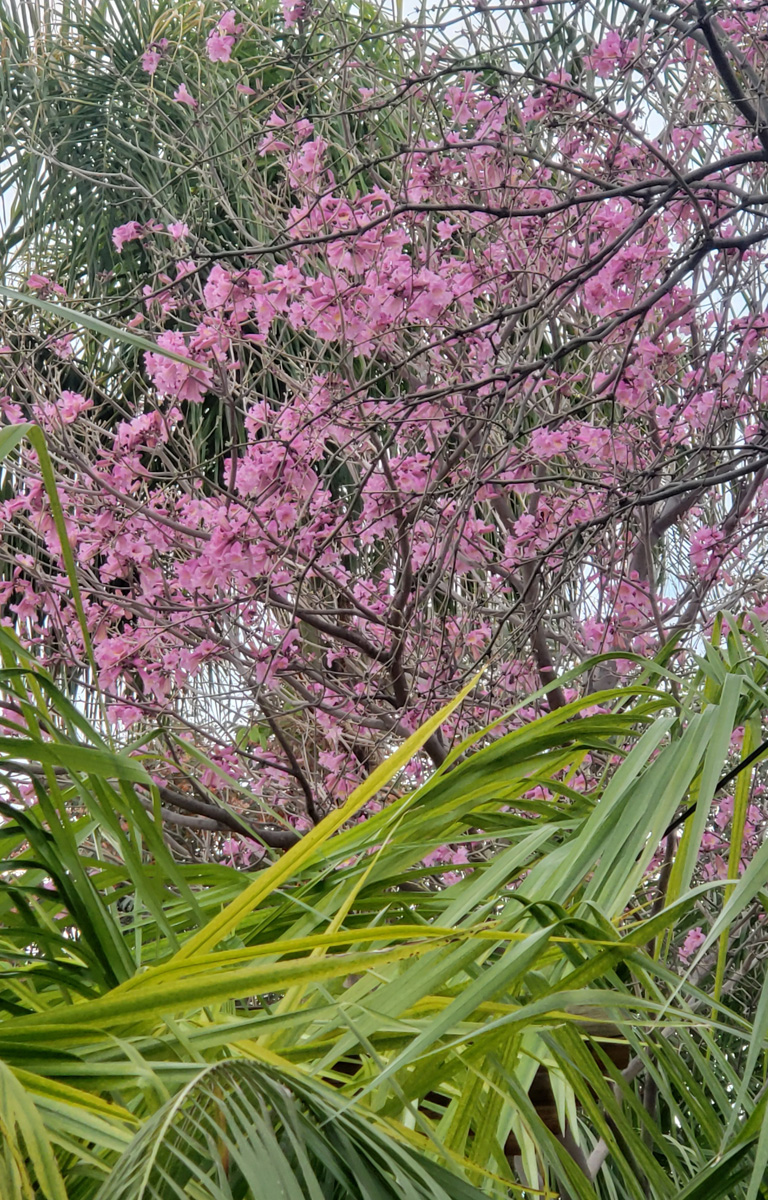 |
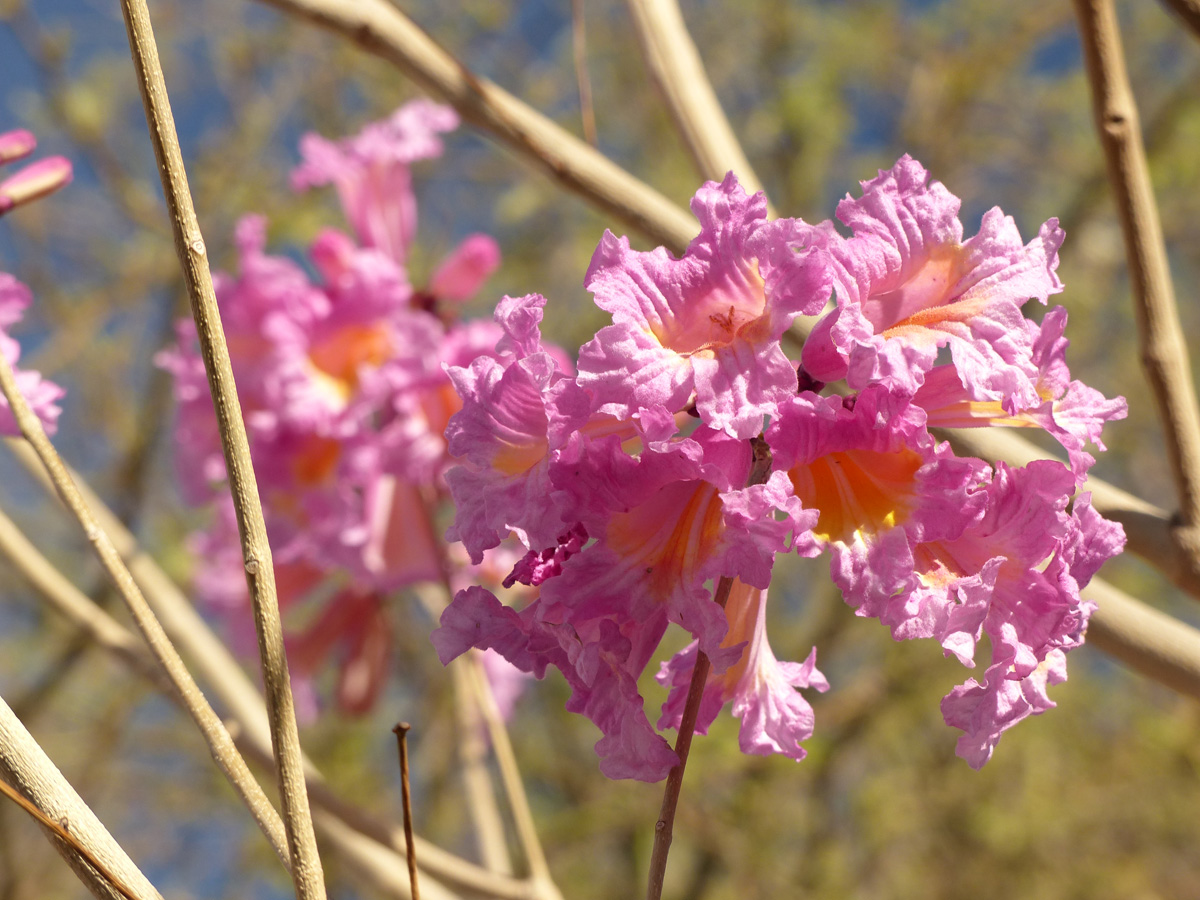 |
Pink trumpet tree
(Handroanthus heptaphyllus)
Zones: 9–11
Size: 20 to 30 feet tall and 10 to 20 feet wide
Conditions: Full sun; well-drained soil
Native range: South America
This striking cousin of the better-known desert willow is not grown in the Southwest nearly as often as it could be. A South American native, this species grows in seasonally dry subtropical and tropical forests. Sturdy branches and a rounded, well-proportioned crown make this a lovely street and garden tree. Compound palmate leaves hold up even in desert heat with routine watering. In late winter the tree goes briefly deciduous, more so in chilly winter areas. This bare period is brief and is quickly followed by the appearance of clusters of pink trumpet flowers for several weeks when most other plants are still awaiting spring. This small to medium-size tree is often misnamed in the trade as Handroanthus impeteginosus, but that Mexican tree (distinguished by its smooth leaf margins rather than toothed) is much larger and seldom found in cultivation. Although pink trumpet tree is tolerant of seasonal dry periods, it does benefit from occasional deep watering during the hottest weather. This is truly a great plant for creating an “oasis” effect in the desert.
Texas mountain laurel
(Dermatophyllum secundiflorum syn. Sophora secundiflora)
Zones: 7–11
Size: 10 to 20 feet tall and 8 to 12 feet wide
Conditions: Full sun to partial shade; average soil
Native range: Central Texas west to New Mexico and south to Mexico
This small tree needs no introduction to most folks in the Southwest. Shiny evergreen foliage, sturdy branching, and a slow growth rate are all qualities that make this plant ideal for a small garden or patio. What many people don’t realize is that the expression of its flowers can vary a lot, from pale lavender to deep purple, and from stubby compact flower clusters to long pendulous bunches that hang in the breeze like wisteria blossoms. Buy yours while they are in flower (March-April) to select the traits that you like most. All specimens share the sweet scent of grape soda that wafts about on warm spring days. Texas mountain laurel has low water needs, preferring an occasional deep soaking. Although it is often used for dense screening, it can become a nicely sculpted small tree with age.
Blue hesper palm
(Brahea armata)
Zones: 8–11
Size: 40 feet tall and 10 feet wide
Conditions: Full sun; well-drained, alkaline soil
Native range: Mexico
Adding a palm tree to a list of flowering trees may seem a bit unconventional, but the photos don’t lie. Despite its Baja origins, this fan palm is among the hardiest trees on this list, surviving brief temps as low as 10°F. In the tree’s young years, its leaves are striking powder blue fans that slowly transition to blue-green as the tree gains height. This does not happen quickly, and a decade may pass before any sign of a trunk is visible, but they are striking at any stage. Even more reason to plant one now! A spectacular oasis plant, it can be sustained by contoured water catchments. As blue hesper palm enters maturity, the flowers are among the most dramatic of all flowering plants, as pendulous chains of dense creamy flowers can drape as long as 15 feet from the elegant crown of leaves. It is a buffet for pollinators and a spectacle for the neighborhood.
Learn more
Dan Johnson lives and gardens in Denver and in Tucson, Arizona. He is an associate director of horticulture for the Denver Botanic Gardens.
Photos: Dan Johnson
Fine Gardening Recommended Products

Planting in a Post-Wild World: Designing Plant Communities for Resilient Landscapes
Fine Gardening receives a commission for items purchased through links on this site, including Amazon Associates and other affiliate advertising programs.

A.M. Leonard Deluxe Soil Knife & Leather Sheath Combo
Fine Gardening receives a commission for items purchased through links on this site, including Amazon Associates and other affiliate advertising programs.

Gardener's Log Book from NYBG
Fine Gardening receives a commission for items purchased through links on this site, including Amazon Associates and other affiliate advertising programs.




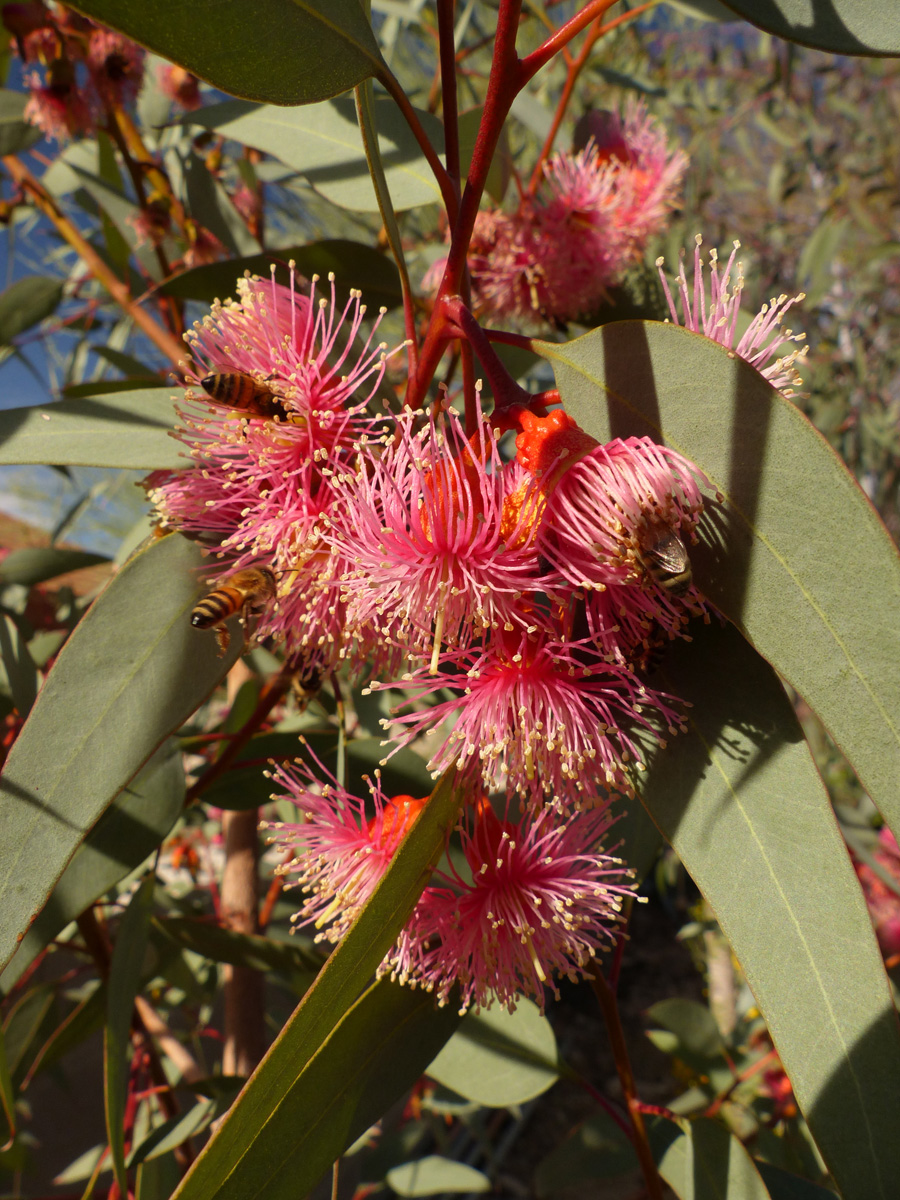
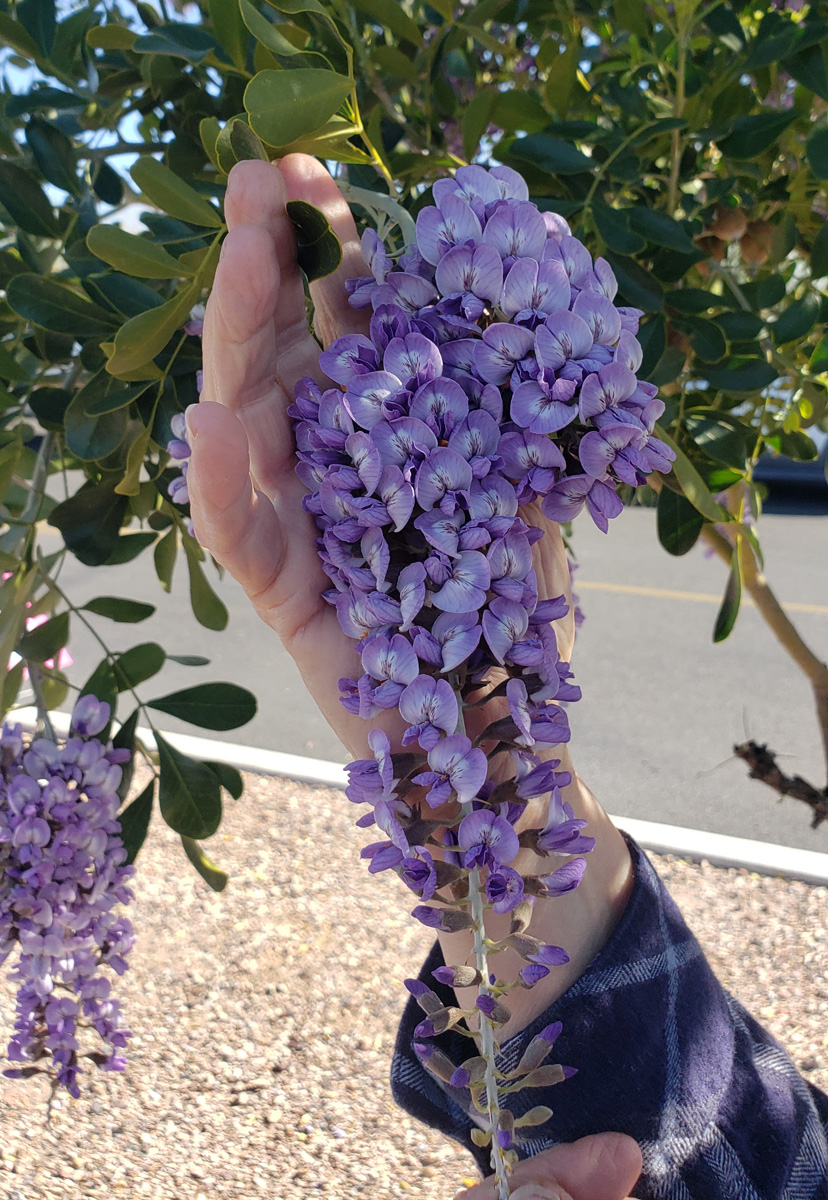
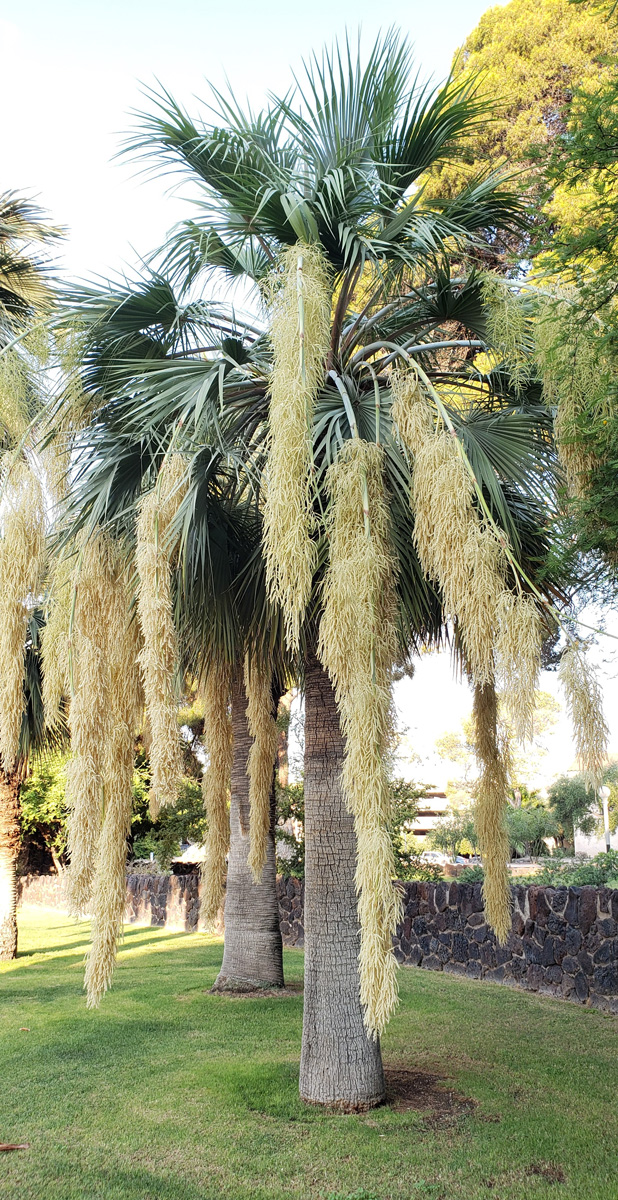

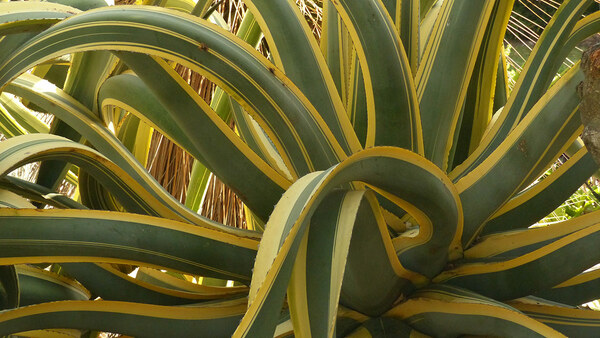















Comments
Log in or create an account to post a comment.
Sign up Log in